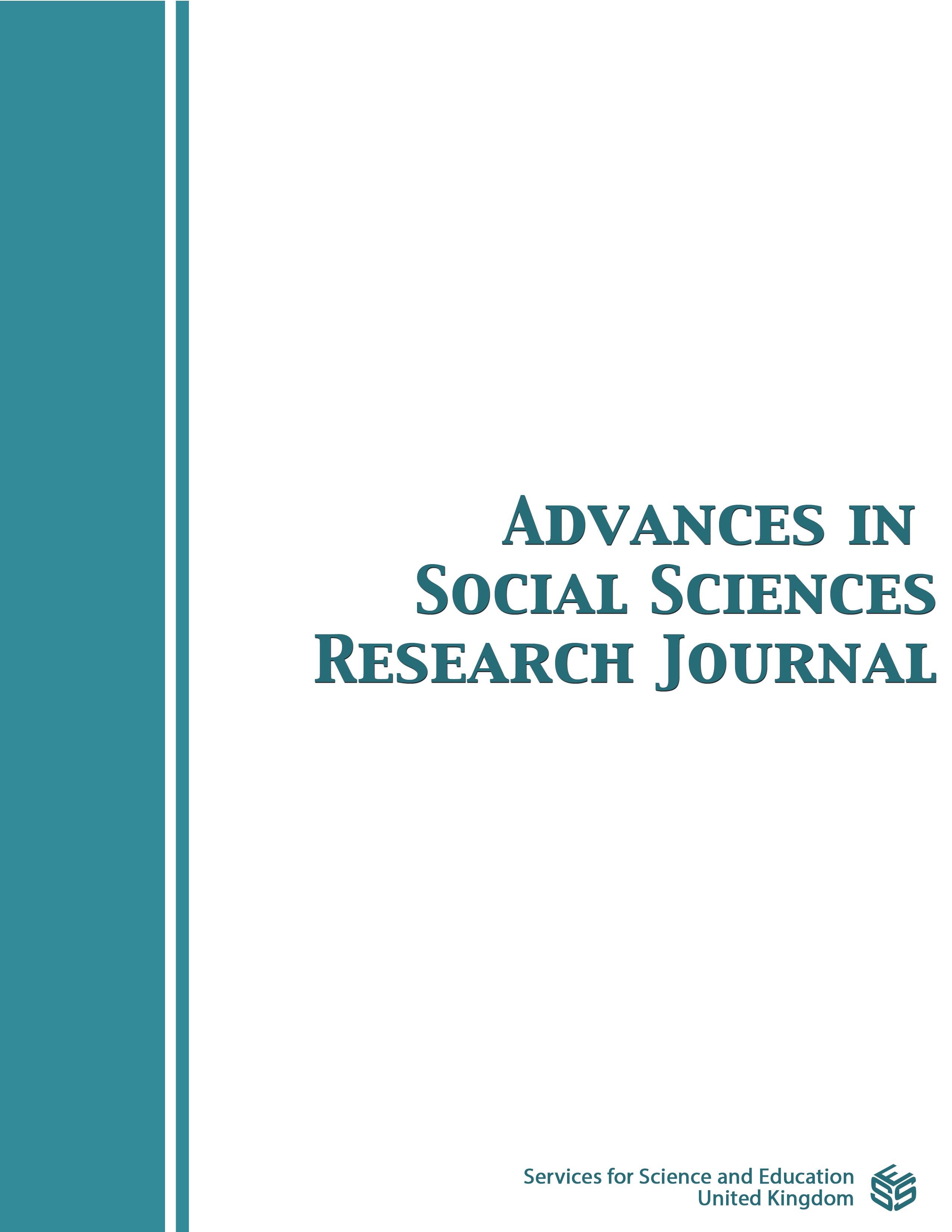Predictions and Hopes: Global Political Economy Dynamics of the Next Ten Years
DOI:
https://doi.org/10.14738/assrj.118.17381Abstract
Predictions and hopes are different things. Predictions are based on past empirical observations. They single out what seem to be essential variables and the relationships between them and assume that their importance will prevail in the future. Hopes add a component to a prediction, namely an evaluation, which refers back to the entity that produces the prediction. More favourable predictions are hoped to become a reality while others, which would see the entity in a worse position, are not hoped for. A closer look reveals that with a consideration of what predictions are used for by an entity, predictions and hopes are less independent. By predicting an event that one hopes for, the chances that it actually happens might be increased. E.g. in business environments predicting that a competitor will have no chance might intimidate the opponent and help to be victorious. On the other hand, predicting a bad result might induce the entity under consideration to change its current course of action. E.g. the catastrophe predictions of the Club of Rome in the Sixties were meant to be a self-destructing prediction to save the entity, human society, from running into environmental disaster. In both cases, predictions usually exaggerate to produce a stronger impact. Therefore, the way a prediction is formulated always to some extent carries the hopes or anxieties of the entity that produces it.
Downloads
Published
How to Cite
Issue
Section
License
Copyright (c) 2024 Hardy Hanappi

This work is licensed under a Creative Commons Attribution 4.0 International License.
Authors wishing to include figures, tables, or text passages that have already been published elsewhere are required to obtain permission from the copyright owner(s) for both the print and online format and to include evidence that such permission has been granted when submitting their papers. Any material received without such evidence will be assumed to originate from the authors.






